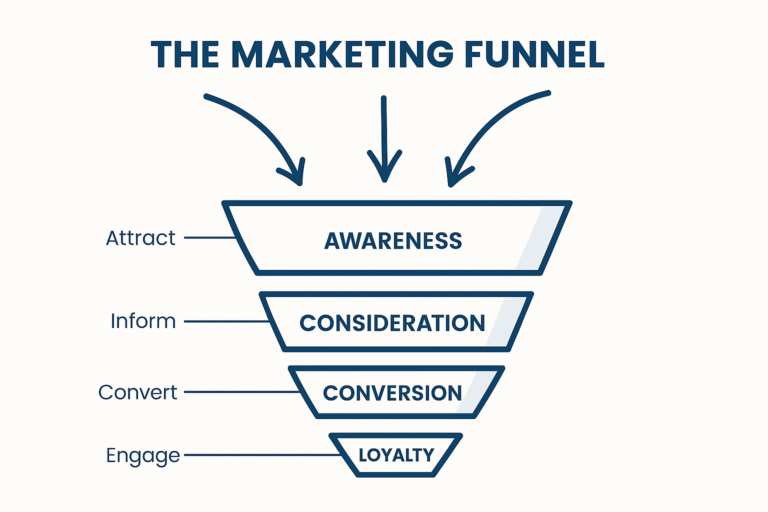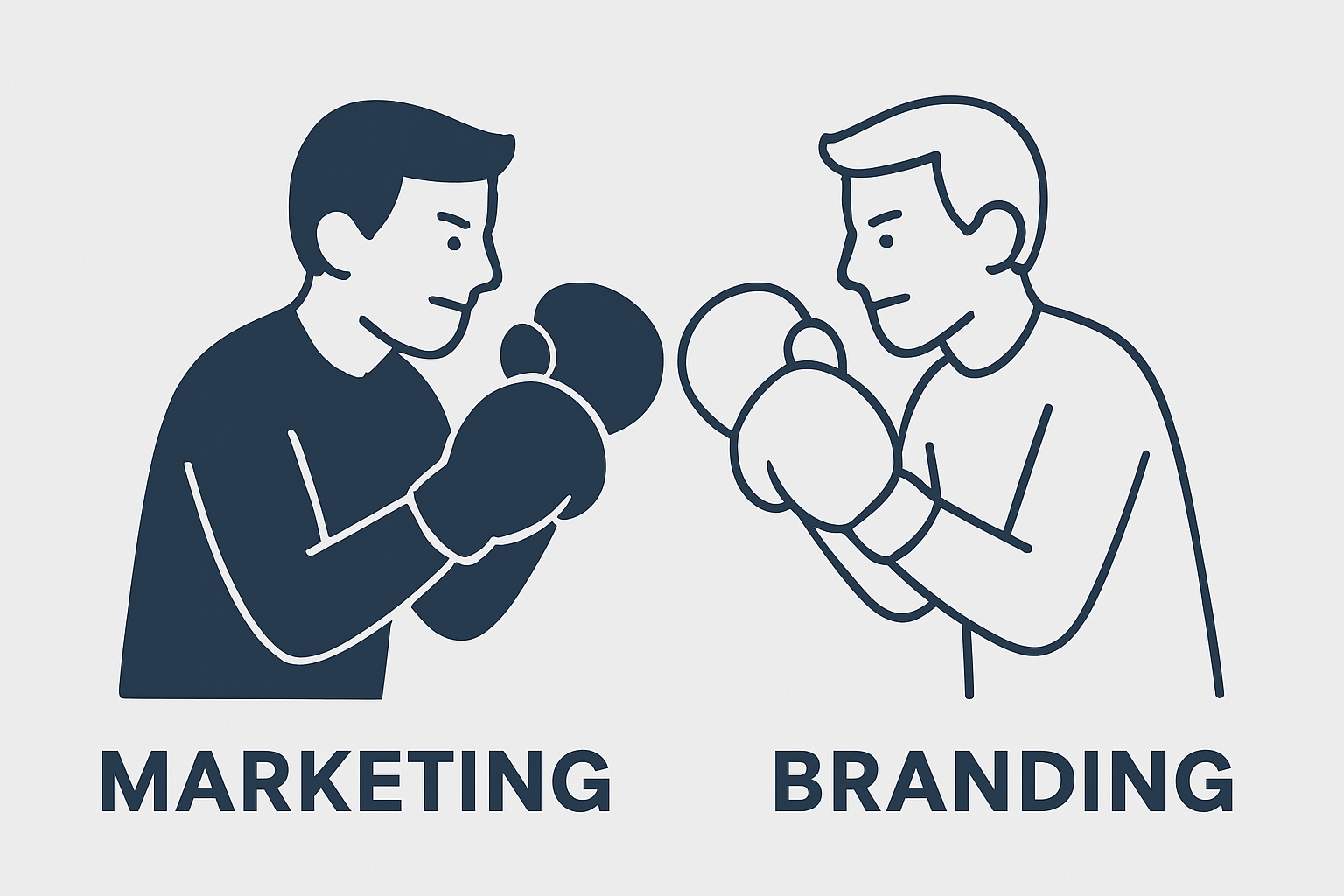We often treat marketing and branding as interchangeable—but they play distinct, complementary roles in the customer journey. Nowhere is this clearer than in the loyalty phase.
Most businesses understand the need to invest in branding to build awareness. But far fewer realize that branding is just as crucial after a customer has converted—especially within a loyalty program.
Marketing vs Branding: A Quick Refresher
- Marketing is about identifying, attracting, converting, and retaining customers. It involves tactics like promotions, product positioning, pricing, and performance metrics to drive short-term results.
- Branding, on the other hand, is about shaping long-term perception—through visual identity, tone of voice, values, and emotional connection. It’s what makes a company recognizable, trusted, and meaningful.

Loyalty: Not Just Retention, but Reinforcement
Once someone becomes a customer, the journey doesn’t end—it evolves. And when they join your loyalty program, the stakes get higher: these are your most valuable and most engaged customers.
Too often, loyalty strategies focus on transactional rewards—points, cashback, or discounts. These can keep customers coming back, but they rarely build emotional connection or brand advocacy on their own. That’s a missed opportunity.
Why Branding Matters in Loyalty
- Emotionally connected customers are up to 306% more valuable over their lifetime.
- They stay longer, spend more, and are more likely to recommend.
- They’re also more likely to try new products—making them ideal candidates to test new offerings and tap into adjacent markets.
What This Looks Like in Practice
- Reinforce brand values through curated rewards.
- Design loyalty communications that look and feel like your brand—not just templated emails.
- Personalize experiences in ways that align with your identity and values.

Stampix: a Marketing-Branding synergy
An outstanding modern example of marketing-branding synergy in action is Stampix’s Photo Rewards. Instead of offering monetary discounts, Stampix delivers emotional value by letting customers receive beautifully printed personal photos as a thank-you for interacting with a brand.
This approach is a perfect fusion of branding, creating positive emotional associations, and marketing, offering a tangible, trackable incentive that drives repeat engagement. A clear example of this is the Orange Thank You campaign, in which customer from the Belgian telecom receive free photos as a Birthday Gift.
Branding and Marketing: Partners in Growth
It’s not branding vs marketing—it’s branding and marketing. Marketing gets your customers through the door. Branding keeps them coming back—and brings their friends.
To succeed in today’s competitive market, you need to think of branding not as a top-of-funnel exercise, but as a continuous thread that runs through the entire funnel—all the way down to loyalty.
Subscribe to our Newsletter
Subscribe to receive our exclusive insights and events before everyone.
Start building a program that sparks joy and drives results.

Subscribe to our Newsletter
We promise we won’t flood you with emails! Every two months we will send you an insightful newsletter with marketing and loyalty news, interesting blogs and new product releases.


